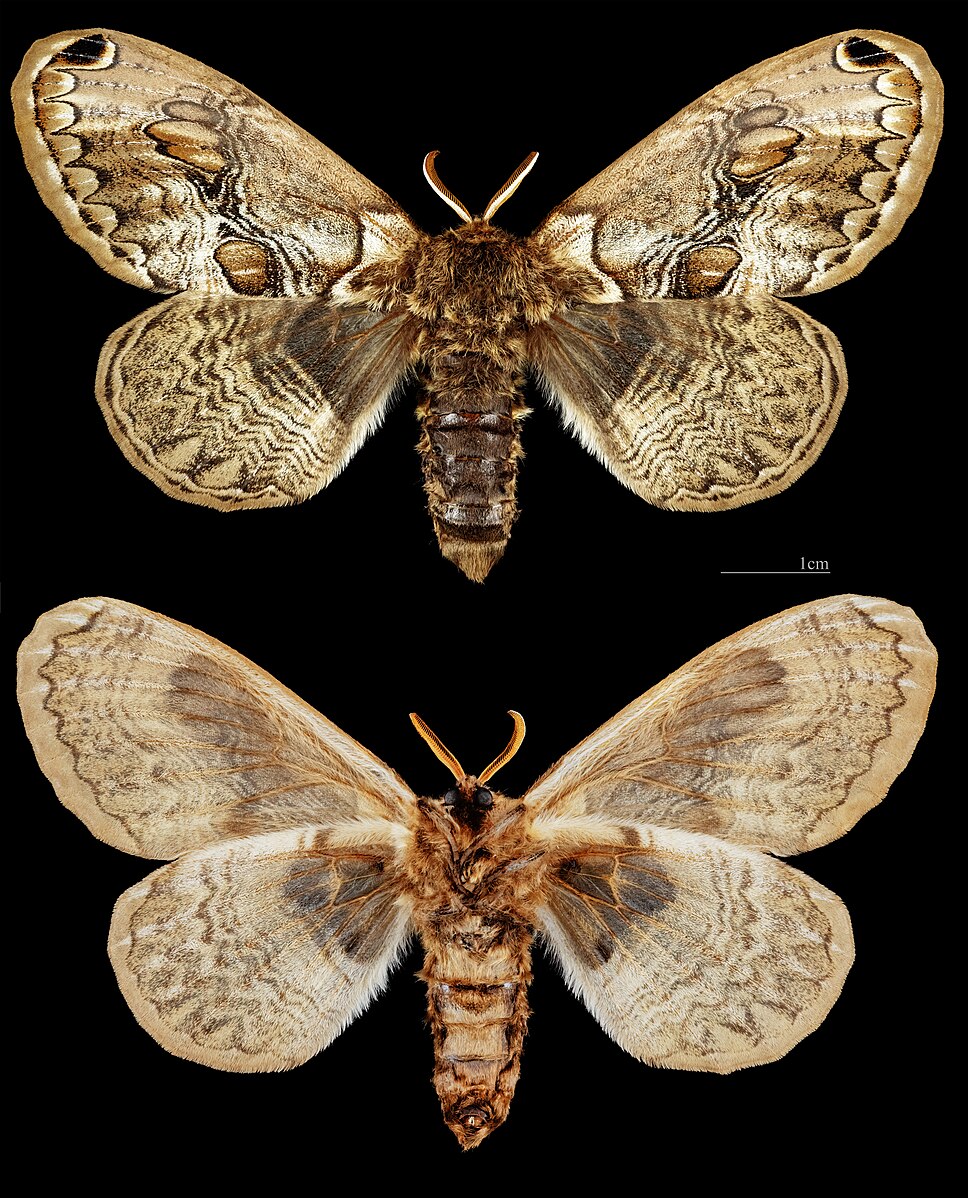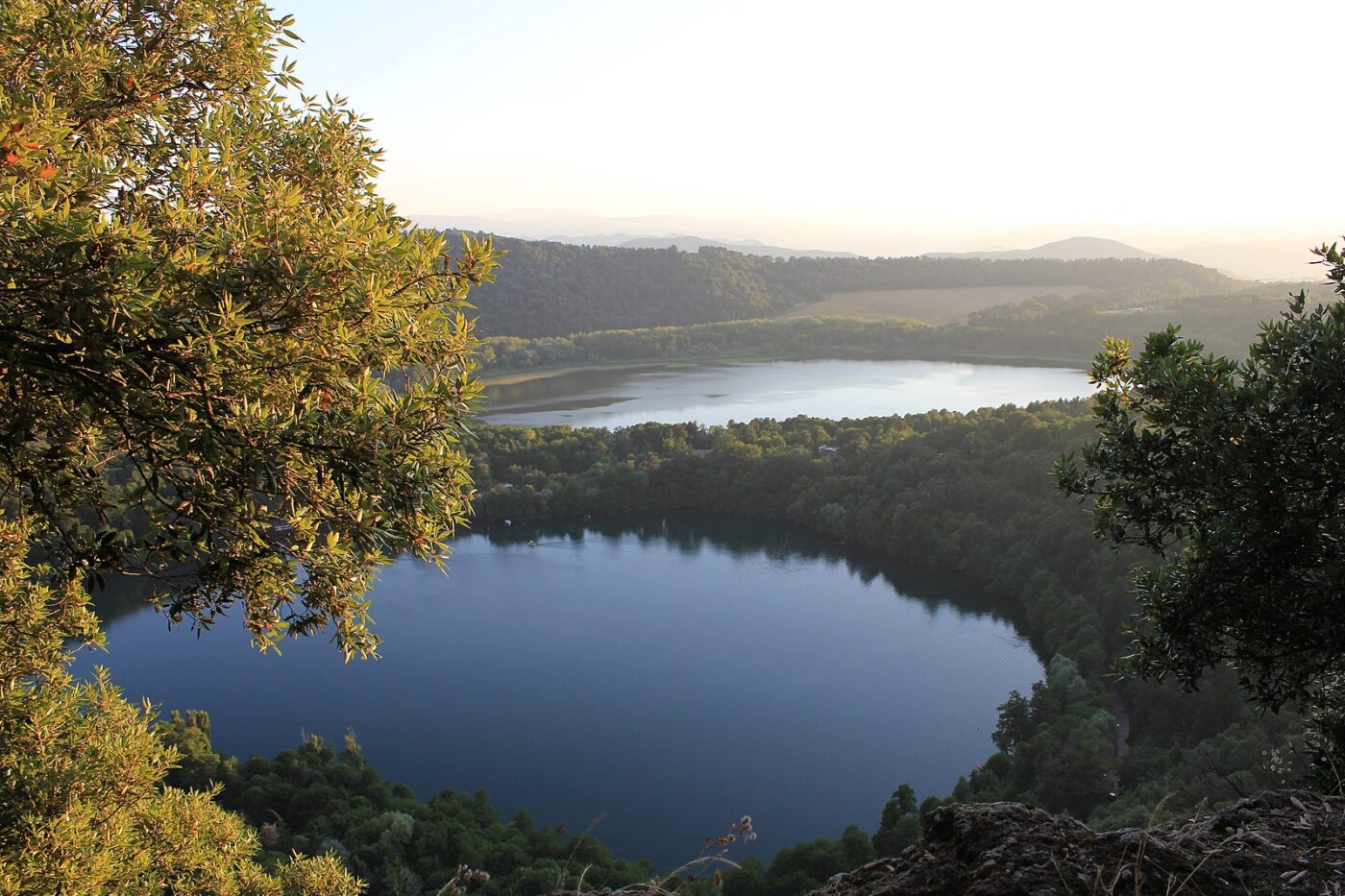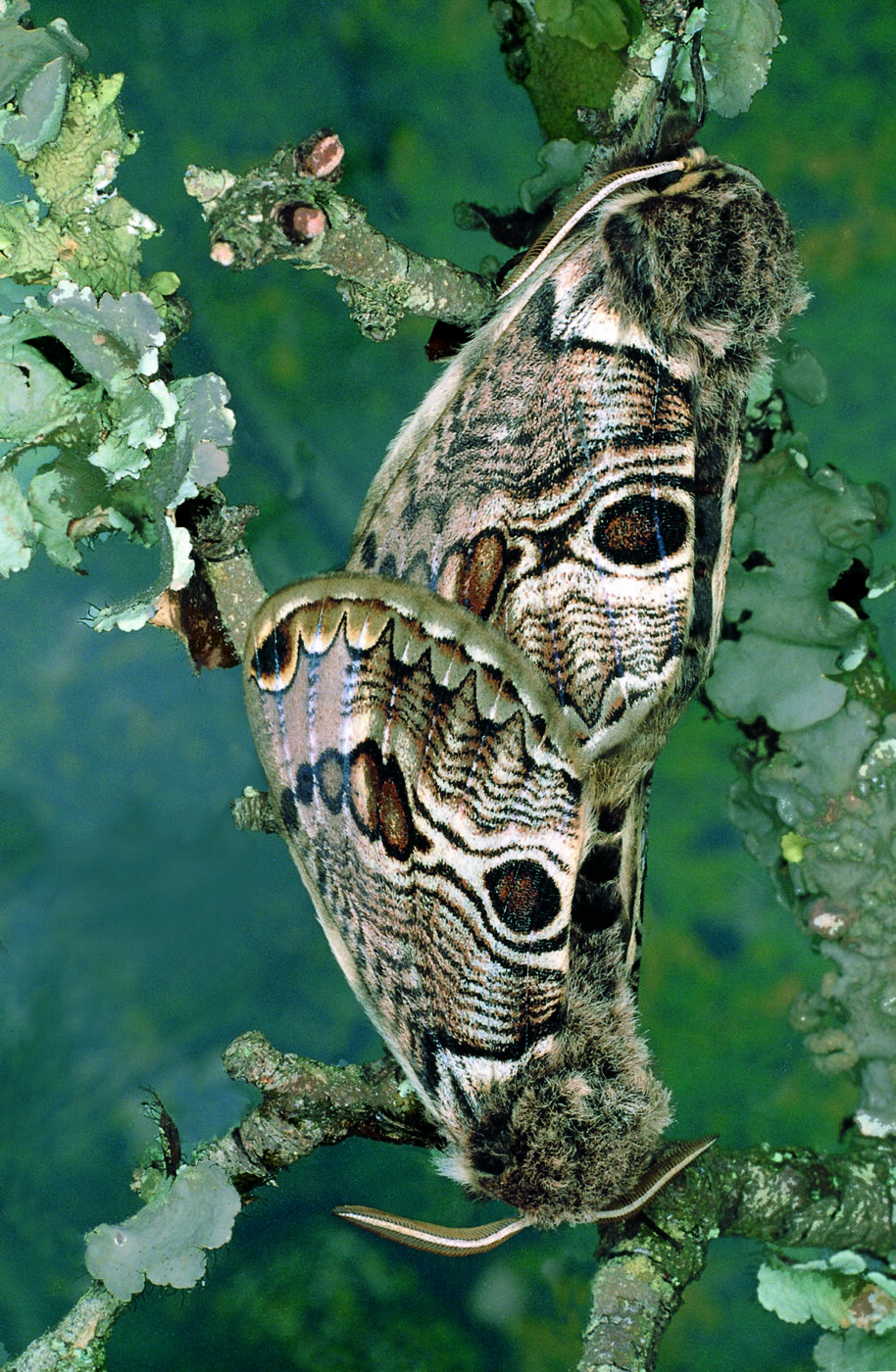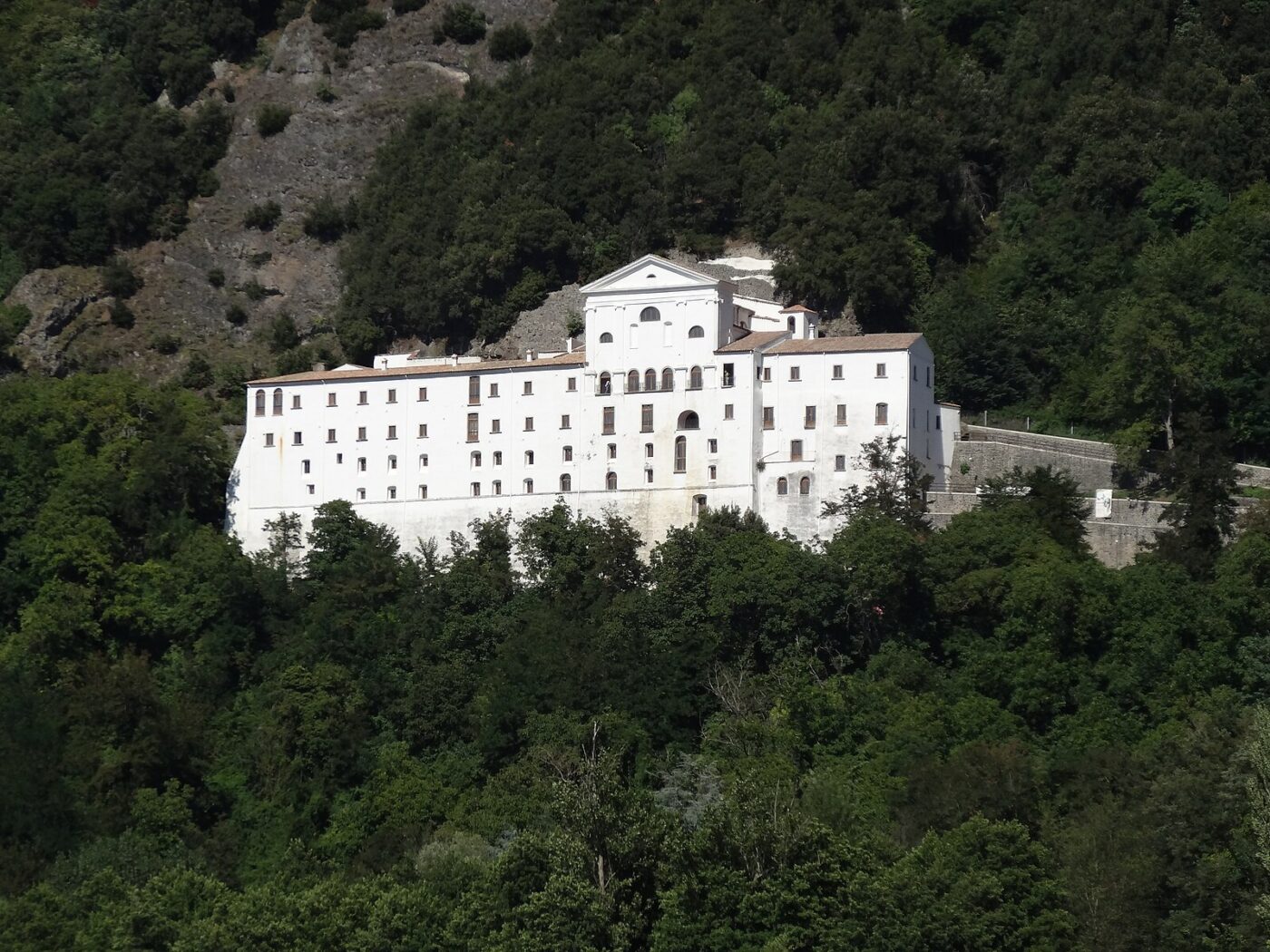When I arrived at the Monticchio lakes, autumn was just beginning. As in so many places in Italy, the end of summer carries away the columns of cars, the rambunctiousness of children, pulls down the shutters of bars and restaurants, and closes the blinds of holiday homes. Yet nothing felt more natural here than that appeased silence, as if the dense forests of alders and turkey oaks surrounding the lake could finally relax—kick off their shoes after a long season of work, let their leaves change color, and release a subtle mist that cloaks the area mystery.
We are in the Vulture region of Basilicata, north of Potenza—1,400 square kilometers landscaped by green hills, chestnut and beech forests, and small villages like Melfi, Rionero in Vulture, Barile, and Venosa that have preserved a strong connection to local traditions. The name of the area comes from Mount Vulture, an ancient volcano that, despite being extinct for tens of thousands of years, continues to give character to the wines (the prized Aglianico), to vibrate in the teachings of the local poet Horace (Carpe Diem), to resonate in the legends of the brigand Carmine Crocco, a Lucanian version of the more famous Robin Hood.
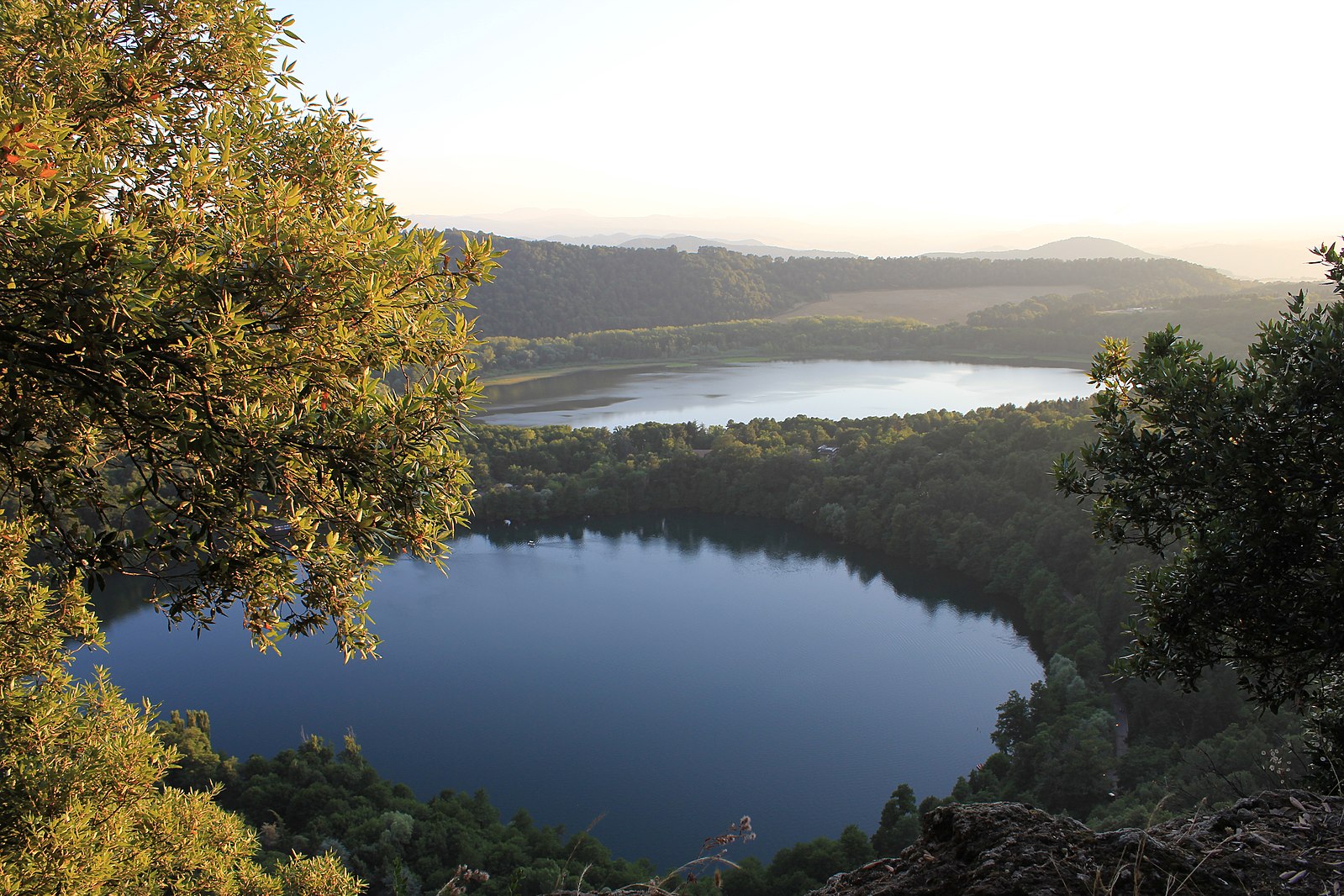
Monticchio Lakes; Photo by Aldo Montemarano
Although the volcano may seem like it’s been here forever, there is something that has been here even longer. The Bramea moth, also known as the Vulture moth (Brahmaea europaea Hartig), predates Mount Vulture by millions of years (it goes all the way back to when the continents were still joined as Panagea). A relict species from the Miocene era, it has survived through a combination of adaptation and seclusion, remaining hidden in a restricted habitat until its formal discovery in 1963 by Count Federico Hartig.
The Bramea is one of the world’s rarest moths and the only European representative of an otherwise mostly Asian family. It is nocturnal, short-lived, and extremely localized—factors that likely kept it out of view for centuries. Its appearance is distinctive: broad, patterned wings in muted browns and greys, with intricate markings that help it blend into the tree bark where it rests during the day. Some liken its silhouette to a capuchin monk with wings.
The endemic moth’s camouflage and limited range may have helped it avoid extinction, but also kept it largely unknown—even today, few people outside the scientific community are aware of its existence. To better understand this elusive insect and the efforts underway to protect it, I spoke with Professor Renato Spicciarelli, who has spent decades studying the Bramea’s behavior, habitat, and life cycle.
What makes this moth so remarkable? “First and foremost,” Spicciarelli says, “it is the only moth in the world dating back to the Miocene. And the fact that it can fly in snowy conditions suggests it may have the ability to generate internal heat like mammals.”
The professor has made a mission of protecting the moth from the effects of climate change, as well as the fragile ecosystem that supports the species. His voice gets dreamy when we talk about the Grotticelle Reserve. “The plants grow intertwined. Branches seem to embrace one another,” he says. “When the ash tree loses its leaves, nearby trees help shield it—so even if snow falls late in the season, its young buds are protected from damage. Together, they form a unique ecosystem of interdependent trees.”
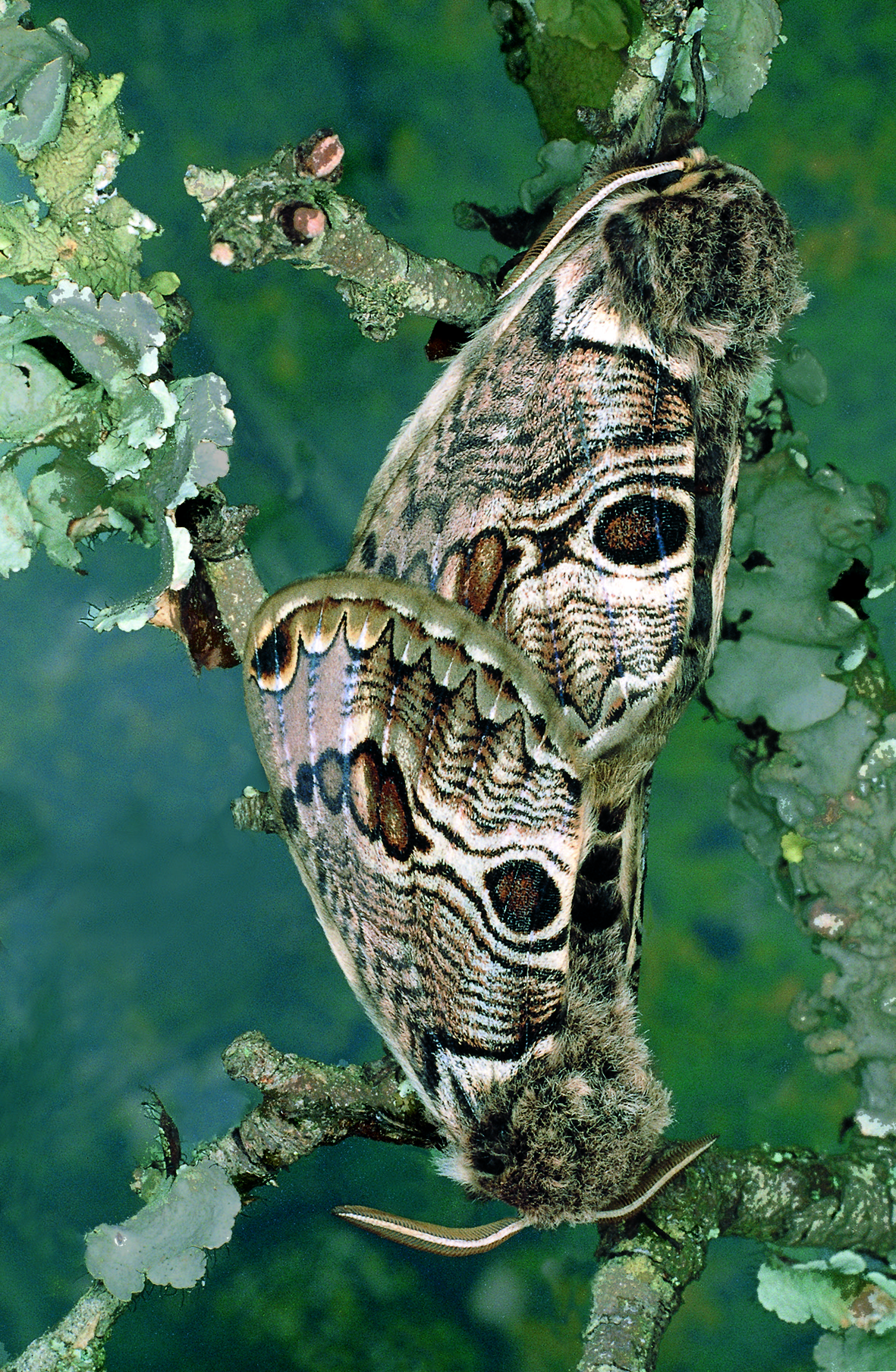
A Bramea moth couple showcasing their camouflage skills; Photo courtesy of Renato Spicciarelli
Giulia Grimaldi: Professor, you are the world’s greatest expert on the Bramea moth. How did you become so fascinated with the creature?
Renato Spicciarelli: I’m a mountain enthusiast and have a very close relationship with Vulture—I can’t imagine living somewhere I can’t see its profile. During my studies, I found this peculiarity of a moth that lives beneath the volcano and is older than the volcano itself. I found it too exciting to move away. Because of its nocturnal habits and limited range, very little was known about its life. But to protect it, we had to understand it—what tied it so closely to this place, what it needed to survive, and whether it was facing any threats.
GG: Why is the moth found exclusively here in Vulture?
RS: Ecologically speaking, this place offers a rare combination of elements essential for the moth’s survival: moist soil, a unique atmospheric microclimate, seasonal snow, and high summer temperatures. Most importantly, all of the moth’s host plants coexist here in harmony. While it primarily lives on ash trees, we also find it on privet and phillyrea—and this forest is one of the few places where all three thrive together, without competing.
GG: What is the life cycle of a Bramea?
RS: In winter, the insect stays in its pupal stage, transforming into an adult moth—male or female—by March. Between late March and April, mating begins. The male dies shortly after, while the female lays her eggs on an ash branch and also dies by April, entrusting the tree with her offspring. It’s a remarkable relationship: the tree isn’t harmed—in fact, it might even benefit from the subtle thinning of its canopy.
Within ten days, the larvae hatch and begin feeding on the buds. Interestingly, they show a kind of social behavior: they eat together, molt together, and at their third stage, they migrate to a new tree. What drives their choice of the next host is still a mystery. They continue feeding until they grow to about 7 or 8 centimeters in length, then descend to the ground, travel roughly 100 meters to empty their intestines, and by May, find a new place to pupate. There, they stay underground for nine months—until the cycle begins again the following spring.
If an extremely dry winter occurs, however, their transformation can be delayed, and they may remain in the pupal stage for one or even two additional years.

Bramea caterpillars on an ash tree; Photo courtesy of Renato Spicciarelli
GG: How can someone see the moth for themself?
RS: Encountering one in the wild is extremely difficult. It’s nocturnal—thriving in complete darkness—with a sparse population that doesn’t cluster in specific areas. During mating season, males emerge around 7:30 PM, females around 8:30, and the act can last up to 12 hours. But it only flies for a few nights each year, and only in total darkness.
By day, it remains hidden. Light blinds it—it doesn’t “see” in the way we do, but instead perceives the world almost entirely through scent. Unlike other moths, it doesn’t crash into things; 99% of its perception is guided by its antennae.
That said, the protected Grotticelle area can be visited with a guide by contacting the biodiversity department of the Carabinieri Forestali. Because pupae can be easily stepped on, visitors must follow specific behavioral guidelines, but expert guides know how to navigate the site safely.
You can also see the moth—and learn more about its remarkable biology—at the Vulture Museum of Natural History, inside the Convent of St. Michael.
GG: What are the Bramea moth’s primary threats?
RS: One of the biggest concerns is climate change. It could create critical conditions for both the moth and its host plants. To prepare for this, we’re establishing support stations at different altitudes, giving the moth options: it can move to higher ground if it needs cooler temperatures, or descend to wetter soil if the climate shifts in that direction. The goal is to create multiple microhabitats so it has alternatives as seasonal patterns evolve.
We know rainfall is becoming more intense, but we don’t yet fully understand how that will affect the moth’s life cycle. That’s why we’re focusing on creating adaptable environments—places where the species can continue to find the conditions it needs to survive.
Outside the reserve, though, the landscape is becoming more fragmented and difficult. The spaces are smaller, and the protections fewer. The reserve is really the only safe option left. In the past, the moth could also be found on the west side of the Ofanto River—a once-suitable habitat. But that area is now used for grazing and agriculture, and development has led to habitat loss. Cementification and other factors have taken a heavy toll.
The landscape is more and more difficult, with smaller and smaller spaces outside the reserve. The reserve remains the only possibility because it is difficult to protect it where there are no rules. For example, it used to be possible to find them on the west side of Ofanto, a stretch that was once a suitable habitat. Now it is used for grazing and agriculture, there has been cementification and a number of factors have led to a major subtraction of its habitat.
This interview has been translated from Italian and edited for length and clarity.
Beyond the Bramea: Exploring the Vulture Region
The Vulture region is home not only to the elusive moth but to echoes of Horace’s classical world and the brigand uprisings of the Risorgimento. Visitors can explore the 18th-century Benedictine Abbey of San Michele, once a monastic cave dwelling and now reflected in the smaller of the two Monticchio lakes. Its rooms house the Vulture Natural History Museum. While swimming in the lakes isn’t allowed, the area offers scenic hikes—from the ruins of Sant’Ippolito Abbey and the lily-filled lakeshore to the bandit paths of Carmine Crocco and the Grotticelle Reserve’s rare beauty. Wine lovers can visit Barile, where Aglianico vines grow near centuries-old tuff cellars, or wander through Melfi, the region’s main town, with its medieval cathedral and castle—where Frederick II wrote the pioneering Constitutiones Augustales (the code of laws for the Kingdom of Sicily). To end on a poetic note, stroll through Venosa, where the words of Horace are etched into plaques across the town. And when hunger sets in, Basilicata serves up some of Italy’s most traditionally vegetarian fare—think crusco peppers from Senise and Sarconi beans—but also shines in its cheeses and cured meats: Moliterno pecorino, Viggiano caciocavallo podolico, and Marsicovetere ham are local staples worth seeking out.
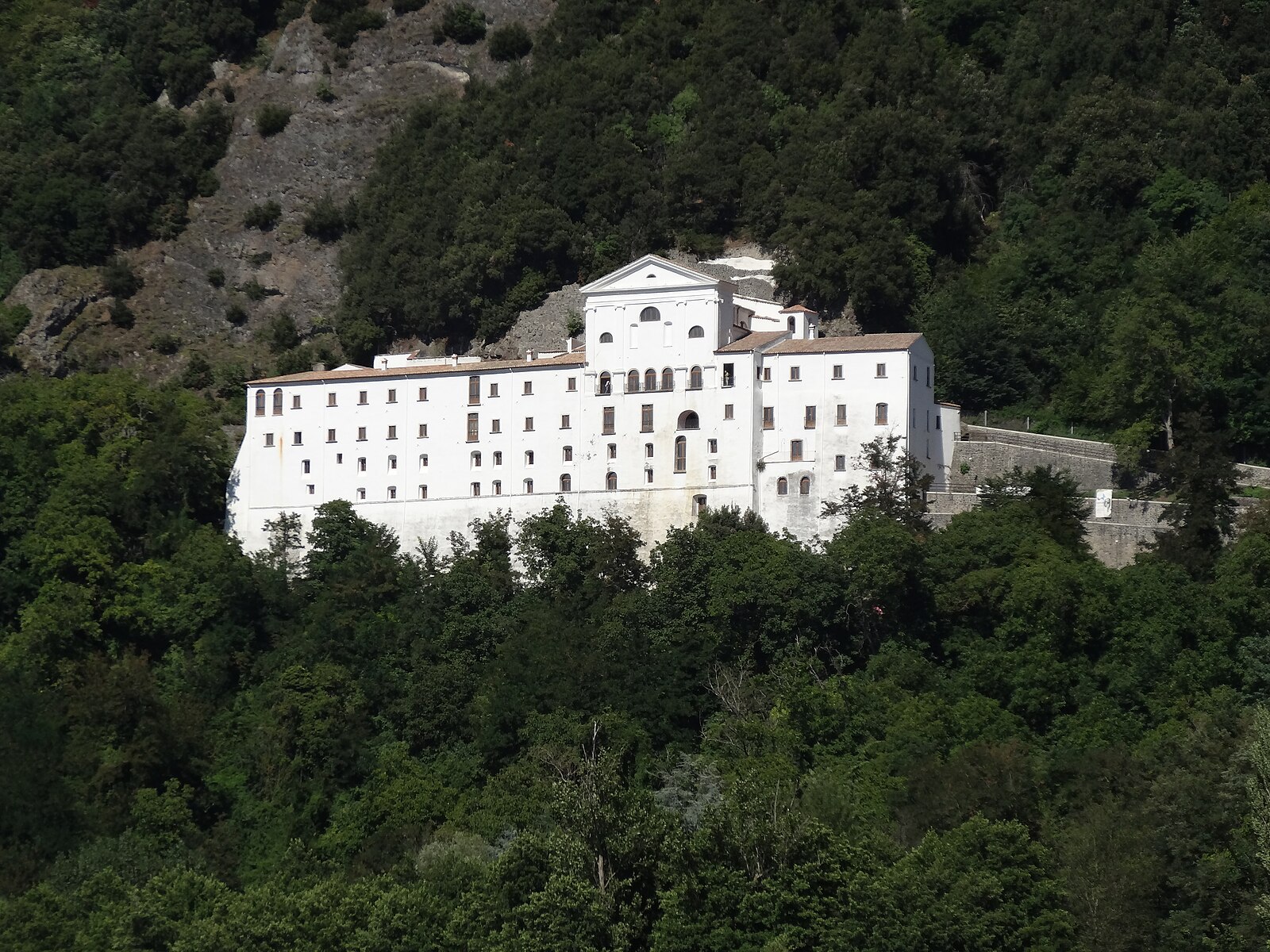
Abbazia di San Michele; Photo by Σπάρτακος
